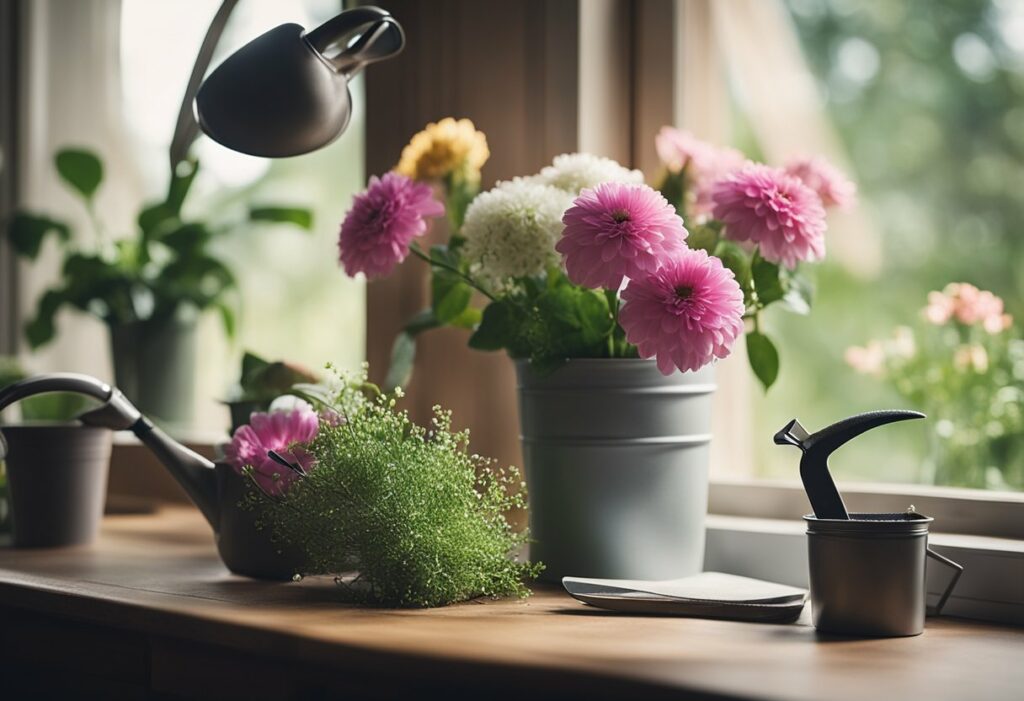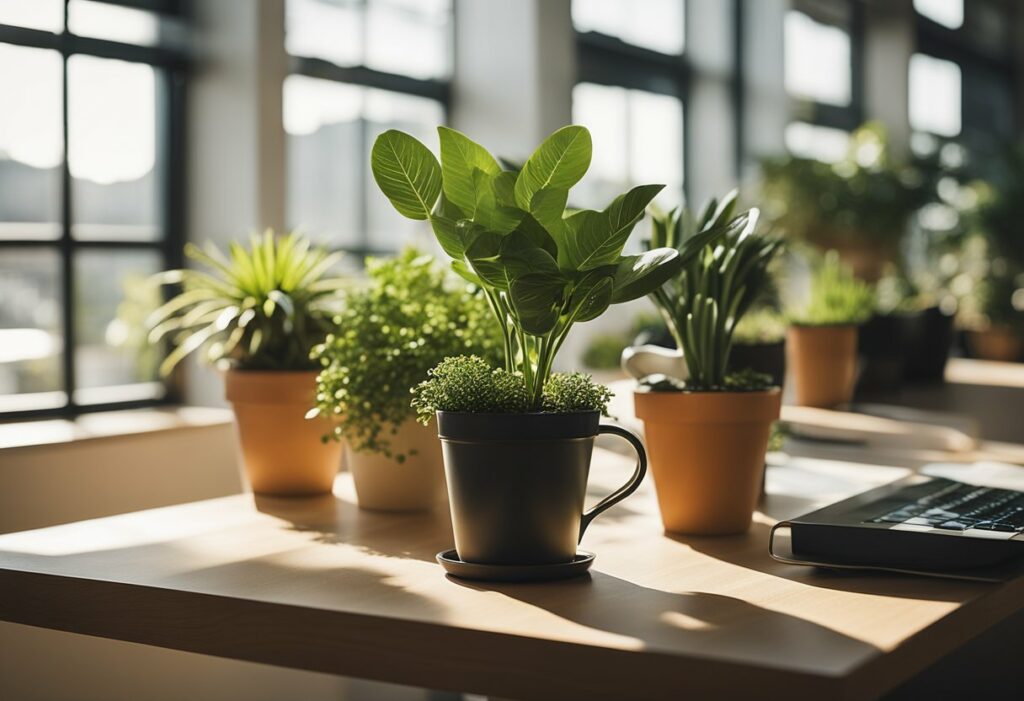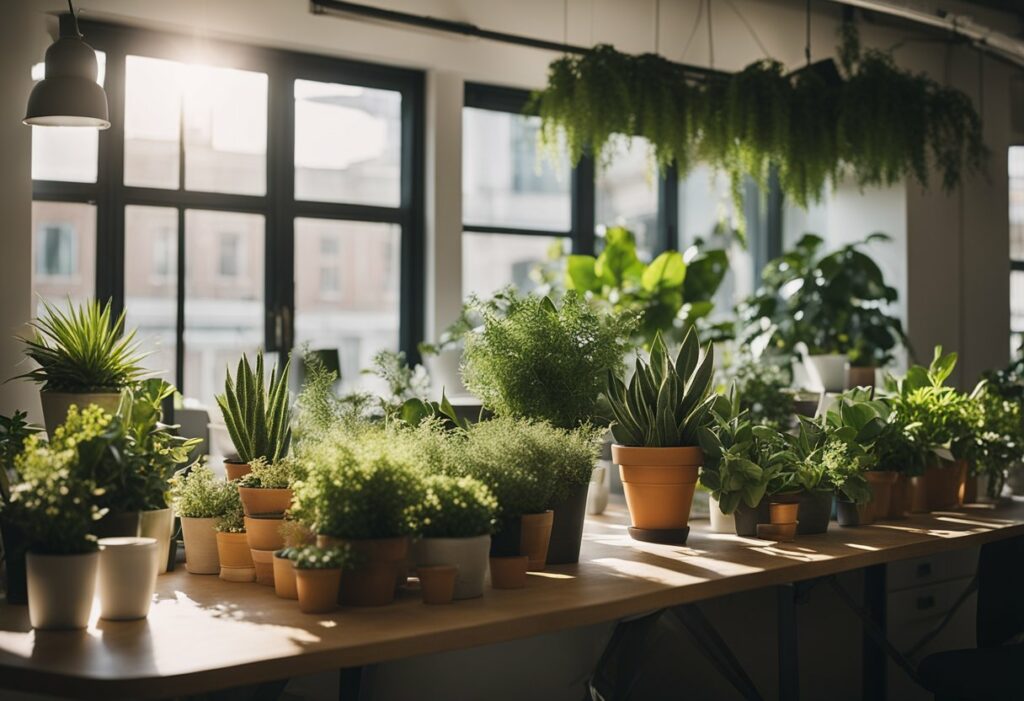There’s nothing quite like receiving a fresh flower delivery at the office to brighten up the workspace and boost morale. To keep these blooms looking their best, it’s important to provide them with the right care. Ensuring that flowers are placed in a spot with indirect sunlight and regularly changing the water can significantly extend their lifespan.

Adding flower food to the water as recommended will also help maintain their vibrancy. It’s essential to keep an eye on the temperature, as flowers thrive in cooler environments away from direct heat sources or fans. This small attention to detail can make all the difference in keeping them fresh.
Trimming stems at an angle every few days can also aid in water absorption. This simple maintenance routine not only enhances the appearance of the office but also promotes a pleasant atmosphere for everyone.
Selecting the Right Flowers for Your Office

Choosing the right flowers for your office involves considering the office environment and selecting varieties that last longer. Adaptability and longevity are key factors to maintain a vibrant and pleasant workplace.
Understanding Office Environments
When selecting flowers, it’s important to evaluate the office setting. Light levels, temperature, and humidity affect what types of flowers will thrive. Natural light is crucial for photosynthesis, so check if your office has ample sunlight or mainly artificial lighting. For offices with low natural light, consider plants like peace lilies or snake plants, which are more adaptable.
Temperature is another critical factor. Most offices maintain a controlled temperature, which can be ideal for many species. Air circulation should also be considered. Poor ventilation can impact the health of flowers, so occasionally open windows or install an air purifier if needed.
Choosing Long-Lasting Varieties
Selecting flowers that endure over time can make maintenance easier. Hardy varieties like succulents or peace lilies are excellent choices. They require minimal care and can withstand variances in light and watering frequencies.
Consider the flower durability. Flowers like zinnias or chrysanthemums have strong resilience to wilting. It’s also useful to choose flowers with lower watering needs, such as cacti or orchids. This reduces the need for frequent attention and ensures that the flowers remain vibrant for extended periods.
Choosing the right flowers that last longer and adapt to your office environment ensures a consistently pleasant atmosphere.
Maintaining Your Office Blooms

Ensuring the longevity and vibrancy of office flowers involves careful attention to watering, proper placement for sunlight, and regular grooming. Attention to these areas helps keep the blooms healthy and bright.
Watering and Feeding Tips
When it comes to watering, it is important to recognise the specific needs of each flower type. Generally, most flowers require watering once or twice a week, allowing the soil to dry out slightly between waterings. Overwatering can lead to root rot, so they should water with caution.
Feeding the flowers helps sustain their growth. Fertiliser specifically designed for flowers can be used every 4-6 weeks. Office workers should dilute it according to the packaging instructions. Liquid fertiliser is often more effective for indoor plants. Remember to reduce feeding during the cooler months when the plants grow slower.
Sunlight and Placement
Selecting the right spot for office flowers is crucial. Many office blooms thrive in indirect sunlight. Placing them near a north or east-facing window usually provides them with the right amount of light without direct sunburn.
Fluorescent lights often found in offices serve as a good substitute for natural sunlight. Ensuring flowers aren’t too close to heating or cooling vents will maintain a stable environment. It’s important to regularly rotate the pots to promote even growth and prevent the plants from leaning towards the light source.
Regular Grooming Practices
Grooming maintains the aesthetics and health of office flowers. Regularly remove dead or yellowing leaves to prevent pests and diseases. This process not only keeps the plant tidy but also encourages new growth.
Pruning the flowers helps manage size and shape. Use clean, sharp scissors and cut at a 45-degree angle for the best results. Regularly dust the leaves with a soft cloth to allow the plant to breathe better and photosynthesise effectively. Adjust care routines as needed, considering changes in the season or office environment.


